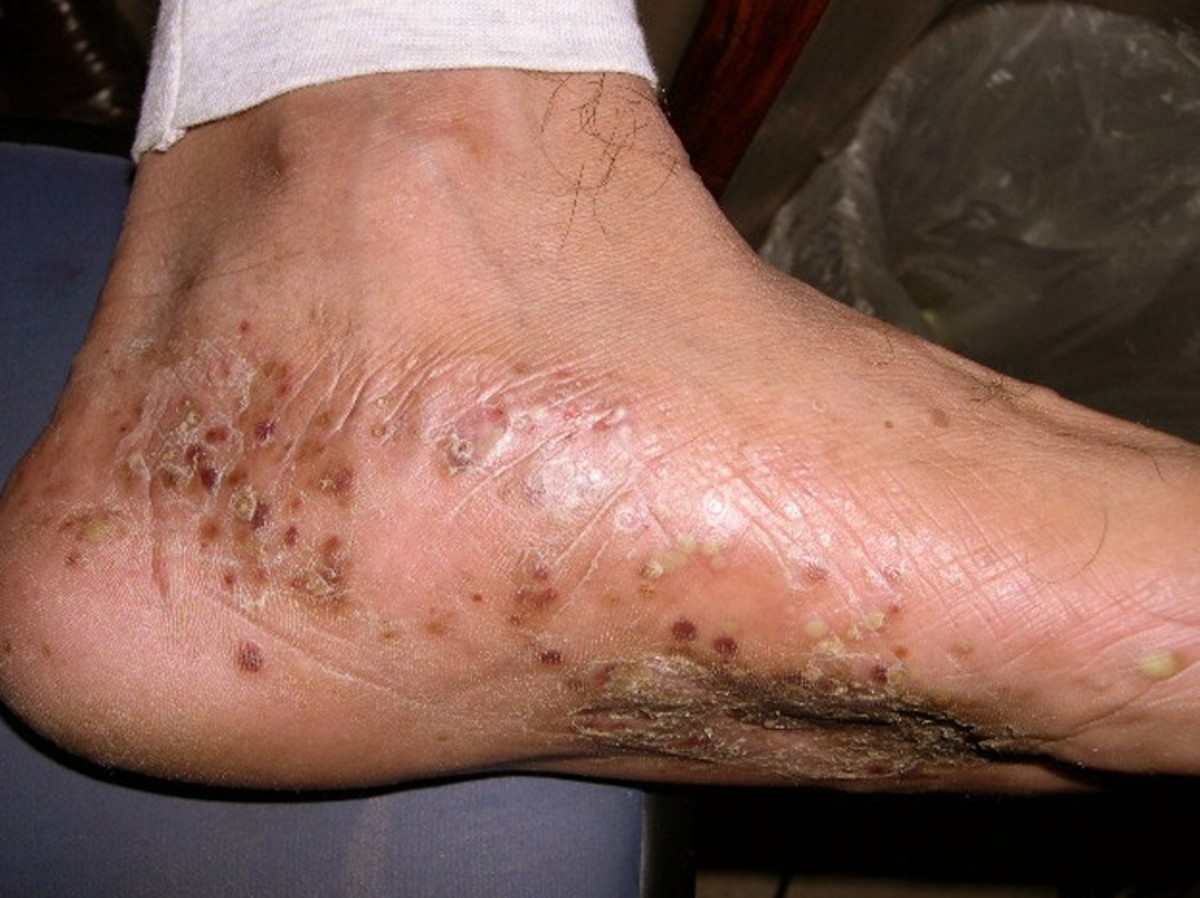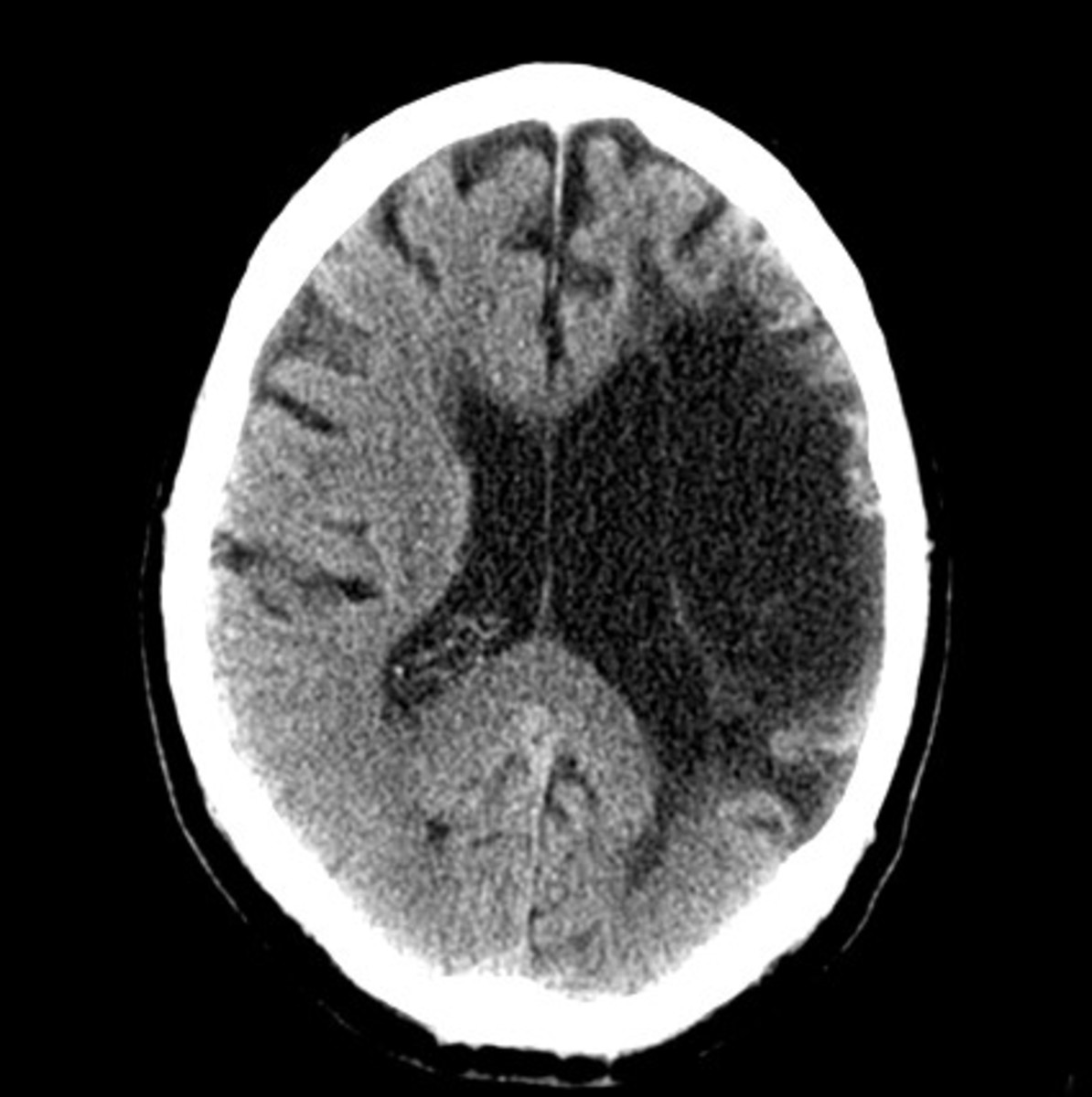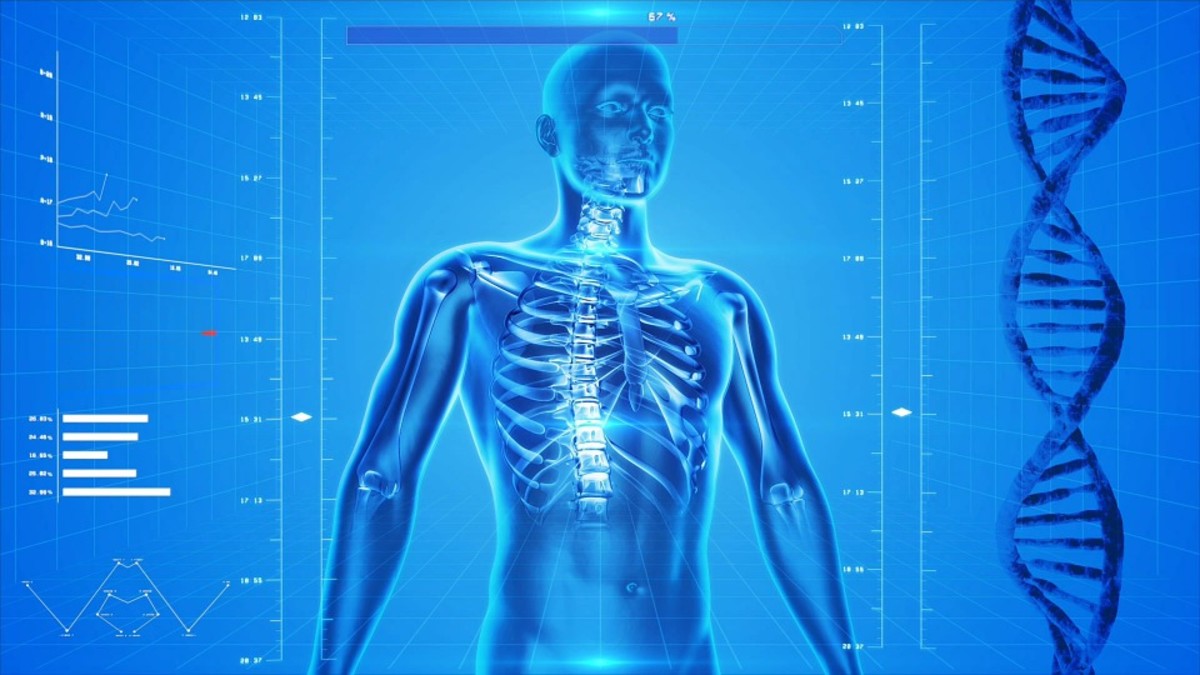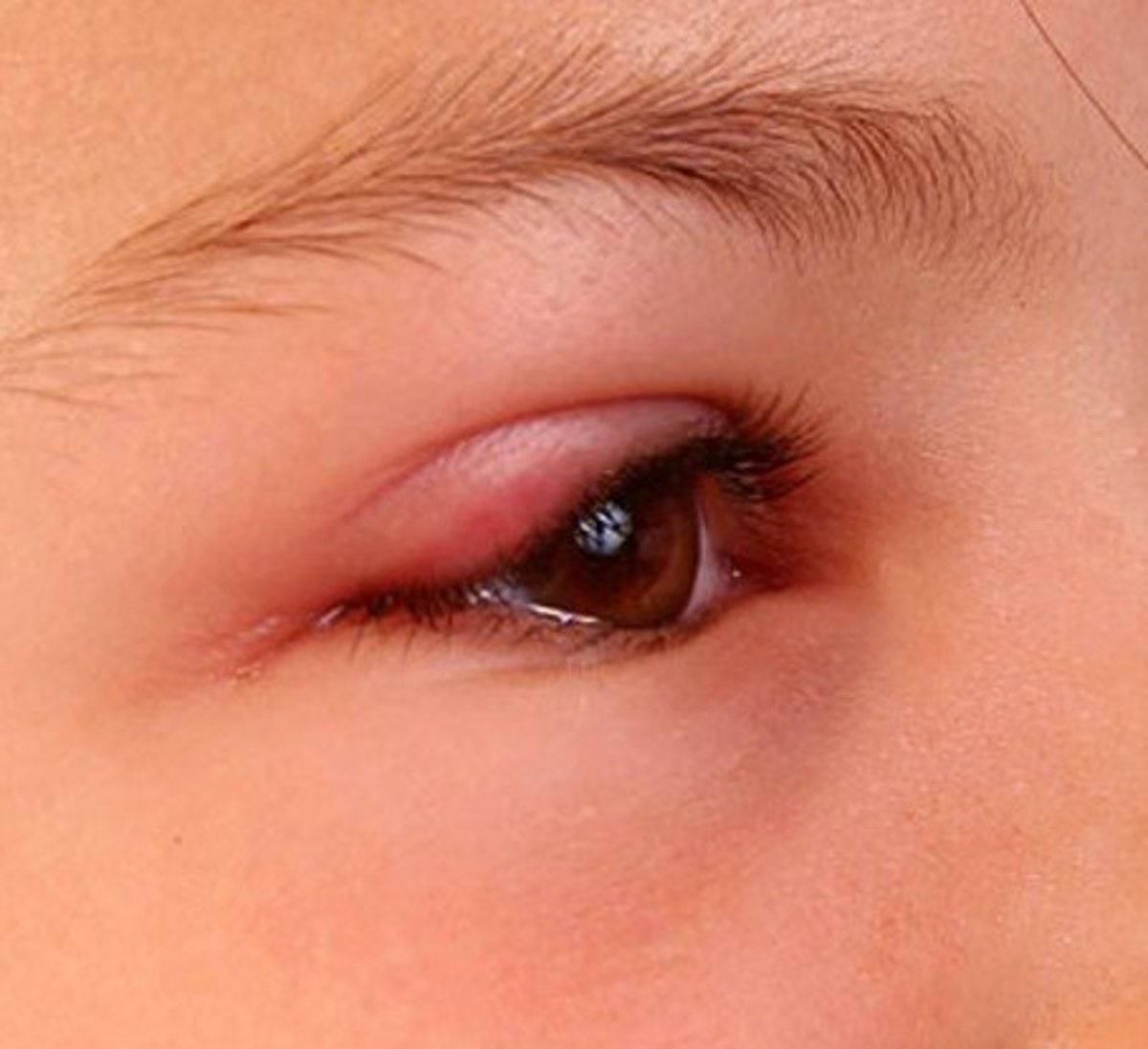Leg or arm Swelling can be Lymphedema
What is Lymphedema?
Decades ago, lymphedema was a condition that had been thought of as water weight gain. And, for this reason, physicians prescribed diuretics or water pills for treatment. While some patients stated that the water pills helped, almost none reported complete relief of their symptoms. That's because their condition wasn't water weight gain it was Lymphedema.
Lymphedema pronounced (lim-fi-dee-muh) is a disorder of the lymphatic system. It's a condition in which lymphatic fluid builds up in the tissues causing the tissues to swell. Lymphedema is recognized as a condition that affects millions of people in USA. In fact, over 5 million people suffer from this condition.
Let me back up a bit. Our bodies have multiple systems including the venous system, the arterial system and the lymphatic system. The circulatory system relies on blood flow. The heart pumps blood through the circulatory system which is circulated around our bodies. The lymphatic system delivers nutrients like fat and fat soluble vitamins to the body's cells. At the same time it also picks up and removes excess fluid and waste such as dead blood cells, pathogens and toxins. So, you can almost say that the lymphatic system is the recycler of the body.
The way the lymphatic system works is simple. Through everyday movement of our bodies lymph fluid is pushed through the lymphatic system. Lymph fluid is a clear to yellowish fluid that is thicker than water. It's also known as plasma or the fluid portion of the blood. Lymph fluid travels upward in the body towards the neck which is why it rely's on movement of our bodies to push it through it's system. Unlike the blood in our circulatory system which travels continuously in a loop-like fashion with the heart as it's full time generator.
Lymph nodes (think of them like processing centers) filter lymph fluid before it returns about 90% back to the circulatory system. The other 10% becomes protein rich fluid containing waste products that were removed from the cells. The waste products are then released from the body through stool and urination.
What Causes Lymphedema?
Basically, when the lymphatic system or lymph nodes have suffered trauma, lymph fluid is not able to properly drain from the area. Therefore, lymphatic fluid builds up in the tissues surrounding the area; causing swelling that can range from mild to severe. If it's not treated properly this swelling can worsen over time.
Signs and Symptoms of Lymphedema
Lymphedema in its mildest form is identified as just swelling of the affected area. This swelling can easily be reduced by elevation. Since unexplained swelling can be the result of many things, most people don't recognize this sign as being the beginning of this condition. Untreated, it would progress to what would be described as moderate lymphedema. This is when the swelling is now accompanied by a thickening of the skin. Not only would you see the swelling, but you feel how the skin has changed. It would become somewhat hardened. In cases where lyphedema has gone untreated, these changes would progress; resulting in severe lymphedema.
Lymphedema can be easily managed through conservative treatment. People who don't undergo treatment may end up hospitalized for skin infections. When the tissues of the body are pulled tight to the point where it won't stretch any more, ulcerations will begin to form. Also, lymphatic fluid will begin to seep out of the skin of the affected area, making everyday functions difficult for most.
Tips to Avoid the possiblity of Lymphedema
Make sure that you keep a healthy weight. Obesity while an epidemic of its own can increase the severity of lymphedema. Exercise regularly; five minutes a day can make a difference over time. And finally, be proactive and wear compression garments while traveling at high altitudes. This will reduce your chances of leg swelling among other things.
Managing your Symptoms
Some patients with lymphedema have had the condition since childhood while others developed it as a result of an injury to the area or treatment such as chemotherapy for example. I've seen first hand how lymphedema treatment is performed in a medical setting. And, while those patients have chosen to seek professional medical care, management of this condition can be done with simple tricks you can do at home. Lymphedema therapy at home is not meant for everyone. I'm no doctor, so remember that these are only tips and are not meant to replace professional medical care. If you feel that your condition is too severe to be managed at home, see a doctor immediately.
Due to their age or co-morbidities, some of the patients that I've watched undergo CDT are simply not able to do the treatment at home, but others are. CDT sounds complex, but keep reading and decide for yourself if this is something you can do or not. Remember though, ineffective treatment at home can lead to worsening of your condition.
CDT or Complex Decongestive Therapy has been used as one option in the treatment of lymphedema. It sounds complicated, but it's not. CDT is a combination of proper skin care, manual lymphatic drainage, compression therapy and everyday exercise or movement of the affected area. Let's break it down:
Proper Skin Care - The skin must be kept moisturized. Moisturizing your skin will help to retain its elasticity. When the skin is dry and tight it will begin to crack. Moisturizing the skin is done to prevent ulcerations or cracks from developing. And, you don't have to spend hundreds of dollars buying top of the line skin care products either. You can use something as simple as vegetable shortening such as Crisco. You don't need a lot. Just enough to keep the skin moisturized. You should wash the areas daily with soap and water before reapplying moisturizer.
Exercise - Range of motion in the affected area is important. You should try to walk if its your legs that are swollen or raise your arms above your heart throughout the day if that is where you have swelling. Now, I'm not saying that you should be running marathon's. Just get your body in motion to stimulate the flow of lymph fluid.
Compression Therapy - This means that the affected area should be wrapped snugly with an ace bandage or limited stretch bandage. Compression stockings can also be worn. The purpose of wrapping the affected limb is so that when the muscles contract against the tightness of the bandage or stocking it will allow the tissue pressure to change. This change will provide assistance to the lymphatic system so that the fluid can begin to flow properly again. When wrapping a limb such as an arm or a leg, always start at the furthest point such as the foot or hand and work the bandage upward towards the heart. But, not too tight. You should not feel numbness or tingling in the area. Compression boots are also available for the home setting if you are not able to properly bandage your arm or leg.
MLD or Manual Lymphatic Drainage - This is a very effective technique that should only be performed by a specially trained therapists. Before allowing anyone to perform this treatment on you...ask for their credentials. MLD is a specialized massage technique which stimulates the lymphatic capillaries allowing lymph to flow again. But, lymphedema treatment at a professional facility has it's limits too. There is a standard of care that your specialist should follow. The treatment generally lasts for several weeks and is very intense. If after several weeks of treatment by a professional you do not notice any change in your condition, you should seek treatment at another facility. Also, and after improvement of your condition, your trained therapist will teach you a self administered, simpler form of MLD that can be done in the home. This requires guidance by a trained professional, but there is no need to go to a facility for the rest of your life. You should still consult with your therapist who will set up periodic visits to measure your improvement. Once more, some advanced cases of lymphedema do require longer treatment periods by a trained professional and may not be able to be performed in home.
This content reflects the personal opinions of the author. It is accurate and true to the best of the author’s knowledge and should not be substituted for impartial fact or advice in legal, political, or personal matters.







